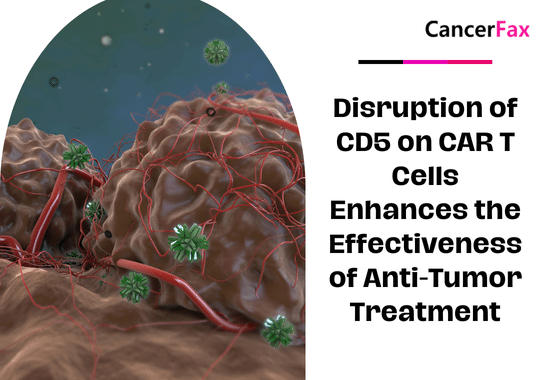Feb 2022: A 12-year-old girl from southwest China’s Chongqing Municipality was saved by an unconventional therapy instead of chemotherapy or hematopoietic stem cell transplantation.
Yi Mengdie has a seven-month medical history and has been given first-aid six times within a day due to the deterioration of her disease, according to local media (cbg.cn). She has acute lymphoblastic leukaemia (ALL), a type of cancer in which the bone marrow produces too many immature white blood cells.
Yi’s fever had gone away and her different indexes had returned to normal when CBG reporter saw her in the city’s Southwest Hospital in October after taking a new therapy called CAR-T cell therapy on September 18.
According to the same study, 25 individuals were treated in the hospital with this therapy.
CAR-T cells and TCR T cells have specific receptors on their surfaces that have been designed. They’re then expanded in the lab before being given back to the patient.
According to the National Cancer Institute (NCI), the US government’s premier office for cancer research, T cells are commonly referred to as the immune system’s workhorses because of their vital function in coordinating the immune response and killing cells infected by infections.
Drawing blood from patients and extracting T cells is required for CAR-T cell treatment. The T cells are then genetically altered to develop receptors on their surface called chimeric antigen receptors (CARs), which allow the T cells to recognize and adhere to a specific protein, or antigen, on tumour cells, using a disarmed virus, according to the National Cancer Institute.
After the T cells have been designed to express the antigen-specific CAR, they are “expanded” into hundreds of millions in the laboratory.
If all goes according to plan, the designed cells will multiply in the patient’s body and, with the help of their engineered receptor, will recognize and kill cancer cells with the antigen on their surfaces, according to the NCI.
Renier J. Brentjens, an early leader in the CAR-T cell field, described CAR-T cells as “offering patients a living medication.”

